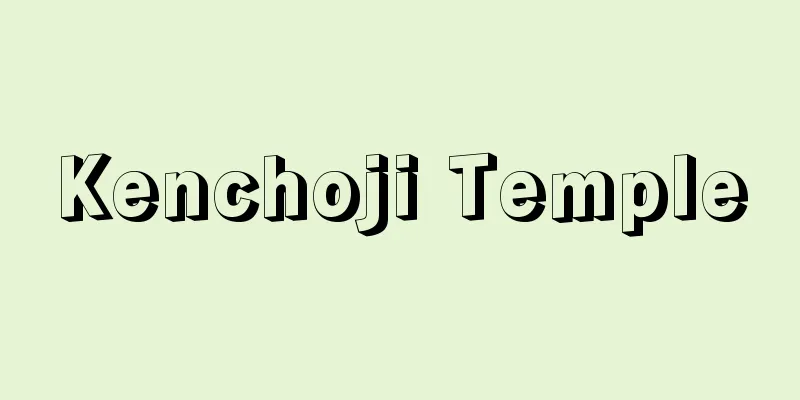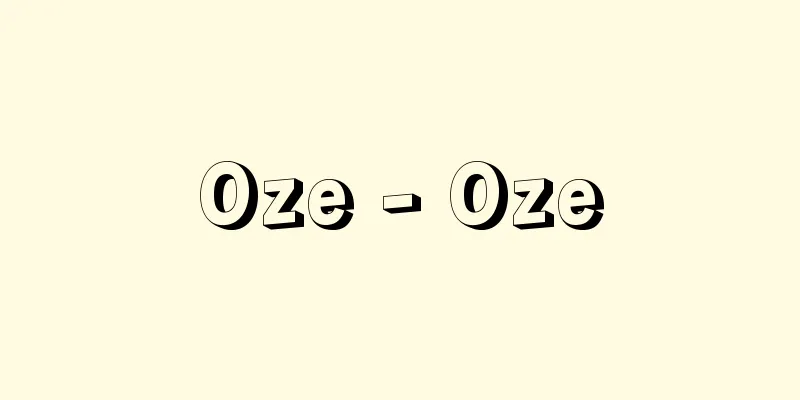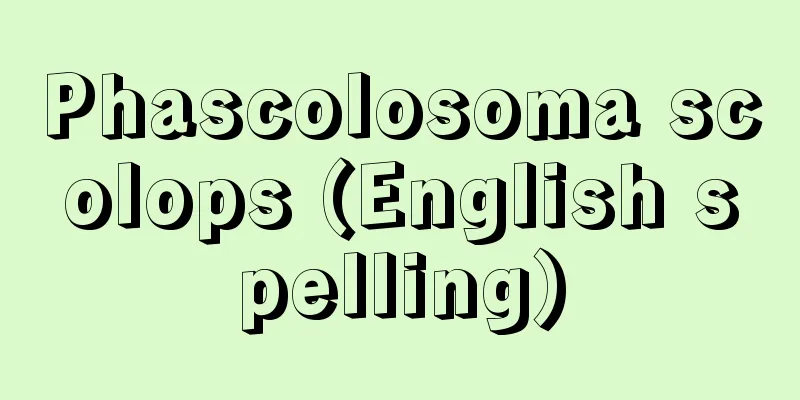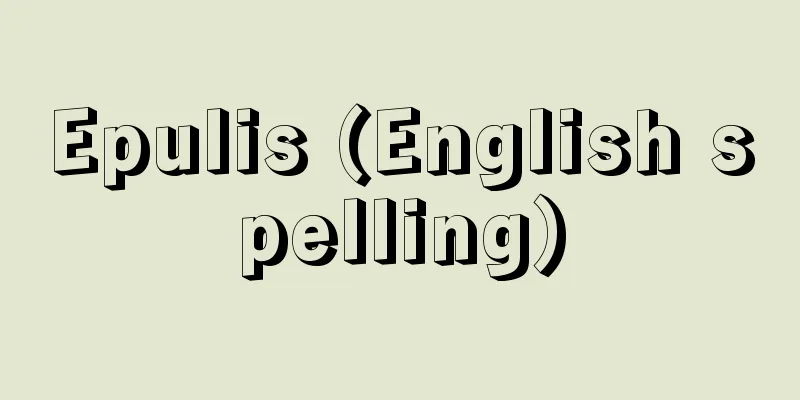Kenchoji Temple

|
Located in Yamanouchi, Kamakura, this is the head temple of the Rinzai sect of Buddhism, Kencho-ji school. It is more precisely called Kofukuzan Kencho-Kokuzenji. It was founded in 1253 (Kencho 5) by Hojo Tokiyori for the Daikaku Zen master Rankei Doryu, who came to Japan from the Southern Song Dynasty in China, and is Japan's first authentic Chinese-style Zen training center. Tokiyori, who was devoted to the newly emerging Zen sect, had aspired to build a specialized Zen temple but had not found the time. However, when Rankei entered Jorakuji Temple in Kamakura, he made up his mind and, consulting with Enni Ben'en, the Shoichi Kokushi of Kyoto, he selected the site of Kobukuro in Jigokudani, Kamakura, and built a large temple modeled after Kinzan Manjuji Temple in China. Therefore, since its founding, this temple has not only been the official temple of the Kamakura Shogunate, but also played the role of the base temple of the newly emerging Zen sect, and has always been ranked first among the Five Mountains of Kamakura. Rankei Doryu, the first founder, showed the monks the "Rules of Dharma Language" and other documents, and guided the samurai and common people in the pure Zen style of the Song Dynasty. He passed away at the age of 66, but after that, high priests who returned from the Song and Yuan dynasties and monks who had traveled to Song China, such as Gottan Funei and Mugaku Sogen, successively became the abbots of the temple, and it became the center of Kamakura Zen. The temple's Zen style was preserved with distinction even during the Muromachi and Edo periods, and today it continues the lineage of Hakuin, operates a monks' hall, and has produced many talented people. According to a copy of the "Kenchoji Sashizu" (Drawings of Kenchoji Temple) made in 1331 (Ganko 1), the temple complex has the main buildings such as the Somon Gate (Sōmon), Sanmon Gate, Buddha Hall and Lecture Hall lined up in a straight line, but it has suffered from repeated fires and looks very different today. Nevertheless, the Somon Gate (Kofukumon), Main Hall (Buddha Hall), Kaisan-do Hall, Karamon Gate, Sairai-an, Shōdō (prayer hall), Hōjō Hall and Zen Hall fill the valley, and amidst a forest of giant trees including four junipers said to have been planted by Daikaku Zenshi, the temple still conveys the solemn atmosphere of the past. The Sanmon Gate was built in 1755 (Hōreki 5), has a multi-layered thatched roof and has a plaque on the front that reads "Kencho Kōkoku Zen Temple." The Buddha Hall, together with Karamon Gate, is said to have been moved in 1647 (Shoho 4) from the mausoleum of Tokugawa Hidetada's wife from Zojoji Temple. It is a magnificent building with five square bays and four layers of the Shichu-zukuri style, and is designated as an Important Cultural Property of Japan. The principal image in the hall is Jizo Bodhisattva, which is rare for Zen Buddhism, and a small statue called Saiden Jizo was placed inside the temple (now placed separately). This is because when Saidenzaemon committed a crime and was about to be executed by Tokiyori, he had hidden a statue of Jizo Bodhisattva in his topknot, and the statue took his place and avoided being executed. The statue was revered as the substitute Jizo for life. Shodo was also built in the Muromachi period and is a National Important Cultural Property. In addition, the inner sanctuary Shojobyo on the mountain behind the temple enshrines the guardian deity Hanzobo Daigongen, and holds a grand festival every May and September. Within the temple grounds are the grave tower of the founder Daikaku Zenshi (Muhoto), the grave tower of Butto Kokushi, the graves of tea master Oda Urakusai and wealthy merchant Kawamura Zuiken, and behind the abbot's chamber there is a garden (historic site and scenic spot) with a Shinji pond. The temple bell was cast by Mononobe Shigemitsu for Hojo Tokiyori, has an inscription "Selected by Doryu" and is designated as a national treasure. The temple has many treasures, including National Treasures such as the light-colored silk statue of Rankei Doryu and the Calligraphy of Daikaku Zen Master, and National Important Cultural Properties such as the Sixteen Arhats, the Shaka Triad, and a wooden statue of Hojo Tokiyori. [Michio Sato] "Ancient Temple Pilgrimage: Eastern Japan 3: Kenchoji Temple" (1981, Tankosha) ▽ "Zen Temples of Kyoto and Kamakura by Ogisu Jundo" (1963, Kyoiku Shinchosha) ©Shogakukan "> Zen architecture (plan of Kenchoji Temple) Source: Shogakukan Encyclopedia Nipponica About Encyclopedia Nipponica Information | Legend |
|
鎌倉市山ノ内にある臨済(りんざい)宗建長寺派の大本山。詳しくは巨福山(こふくざん)建長興国禅寺(けんちょうこうこくぜんじ)という。1253年(建長5)、北条時頼(ときより)が中国南宋(なんそう)より来朝した大覚禅師蘭渓道隆(らんけいどうりゅう)のために創建した禅寺で、日本最初の本格的中国風禅道場である。新興の禅に傾倒する時頼は専門禅寺建立を志しつつ時を得ないでいたが、蘭渓が鎌倉の常楽寺に入るとともに意を決し、京都の聖一国師(しょういちこくし)円爾弁円(えんにべんえん)に諮って鎌倉地獄谷巨福呂(こぶくろ)の地を定め、中国の径山万寿寺(きんざんまんじゅじ)を模して大伽藍(がらん)を建立した。したがって、創建以来、本寺は鎌倉幕府の官寺であるのみならず、新興の禅宗の拠点寺院としての役割を担った寺院であり、つねに鎌倉五山第一位に置かれた寺であった。開山第1世の蘭渓道隆は「法語規則」などを衆僧に示し、宋朝の純粋な禅風をもって武士や民衆を指導した。彼は66歳で示寂したが、その後も、兀庵普寧(ごったんふねい)、無学祖元(むがくそげん)などの宋・元朝より帰投した高僧や入宋(にっそう)僧らが相次いで住持し、鎌倉禅の中心となった。室町・江戸時代においてもその禅風は異彩を放って保たれたが、現在は白隠(はくいん)下の法脈を伝えて僧堂を経営し、有為の人材を多数輩出させている。 伽藍は、1331年(元弘1)作成の「建長寺指図(さしず)」の写しによると、総門(惣門)、三門、仏殿、法堂などの主要建造物が一直線に並ぶが、たび重なる火災などにあい、現在は様相を大いに異にする。とはいえ、総門(巨福門)、本堂(仏殿)、開山堂、唐門(からもん)、西来庵、昭堂(しょうどう)(礼堂)、仮方丈(ほうじょう)、禅堂などが谷を埋め、大覚禅師お手植えと伝える4本のビャクシンをはじめとする巨木が林立するなかで往古の荘厳な風情をいまに伝える。山門は1755年(宝暦5)の建造であり、重層かや葺(ぶ)き屋根で、正面に「建長興国禅寺」の額を掲げる。仏殿は唐門とともに1647年(正保4)増上寺の徳川秀忠夫人の霊屋(たまや)を移したといわれ、方五間、重層四注造(しちゅうづくり)の壮大な建築物で、国の重要文化財に指定されている。堂内の本尊は禅宗には珍しく地蔵菩薩(ぼさつ)であり、胎内には済田(さいた)地蔵とよばれる小像が納められていた(現在は別置)。これは、済田左衛門が罪を得て時頼に斬罪(ざんざい)に処されようとした際、髻(もとどり)の中に地蔵菩薩像を忍ばせていたため地蔵像が身替りとなって斬を免れたことに由来し、身替延命地蔵とよばれ尊崇されたものであった。昭堂も室町時代の建造であり、国の重要文化財である。 また裏山にある奥の院勝上廟(しょうじょうびょう)には鎮守半僧坊大権現(はんぞうぼうだいごんげん)を奉祀(ほうし)し、毎年5月と9月に大祭を行う。境内には開山の大覚禅師墓塔(無縫塔(むほうとう))、仏燈(ぶっとう)国師墓塔、茶人織田有楽斎(おだうらくさい)や豪商河村瑞賢(ずいけん)の墓があるほか、方丈裏に心字池を配した庭園(史跡・名勝)がある。梵鐘(ぼんしょう)は北条時頼が物部重光(もののべしげみつ)に鋳造させたもので、道隆撰(せん)の銘があり、国宝に指定されている。寺宝は多く、国宝に絹本淡彩蘭渓道隆像、大覚禅師墨跡法語規則、国重要文化財に十六羅漢図、釈迦(しゃか)三尊像図、木造北条時頼像などがある。 [里道徳雄] 『『古寺巡礼 東国3 建長寺』(1981・淡交社)』▽『荻須純道著『京鎌倉の禅寺』(1963・教育新潮社)』 ©Shogakukan"> 禅宗建築の様式(建長寺平面図) 出典 小学館 日本大百科全書(ニッポニカ)日本大百科全書(ニッポニカ)について 情報 | 凡例 |
Recommend
Wang Xiu Lu - Wang Xiu Lu
…A leading figure in the cultural and publishing ...
Centropus senegalensis (English spelling) Centropussenegalensis
…[Higuchi Hiroyoshi]. … *Some of the terminology ...
Malthus - Thomas Robert Malthus
British economist. Born in Surrey in southern Eng...
Vortex - Uzuito
…A streamline is a curve whose tangent direction ...
Wiener, AS (English spelling)
…The MN and P blood types were discovered using t...
Daisenji Temple
A Tendai sect temple in Daisen Town, Tottori Prefe...
Khitan ancient land
...The climate was generally warm, with the Angar...
Lycorma delicatula (English name) Lycormadelicatula
... The Watanabe Fulgora , found in Taiwan, is fo...
Area - Menseki (English spelling) area
A quantity that expresses the size of a two-dimens...
cermet
Ceramic powder is the main ingredient, and metal ...
Wilson, K.
...The company's headquarters are in Memphis,...
Kano Hogai
Year of death: November 5, 1888 Year of birth: 182...
Opportunity cost
Costs incurred due to missed opportunities by doi...
"Daughter of Orokko" - Orokko's daughter
…Born in Daishoji, Ishikawa Prefecture. While stu...
Macke, A.
…The second exhibition held the following year al...









